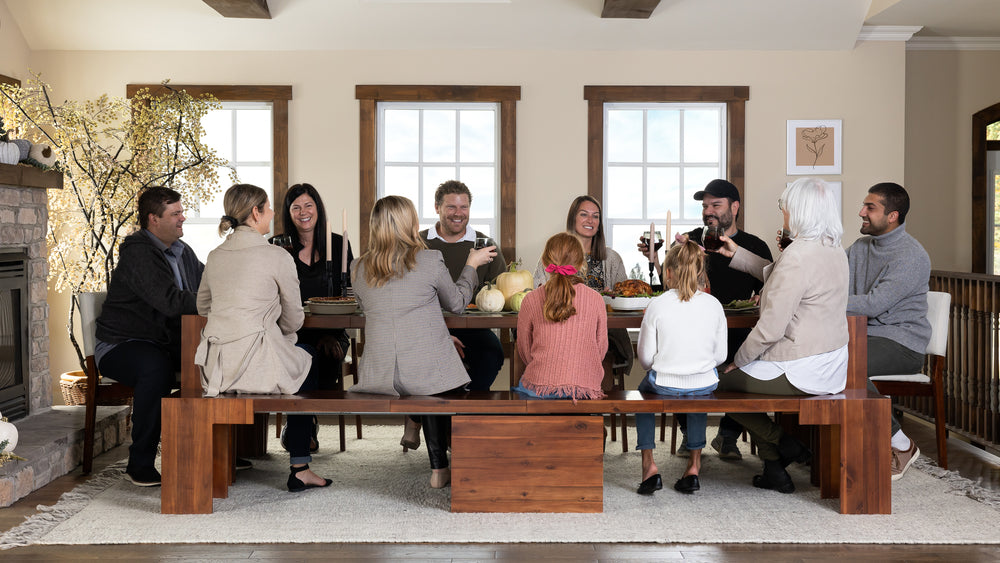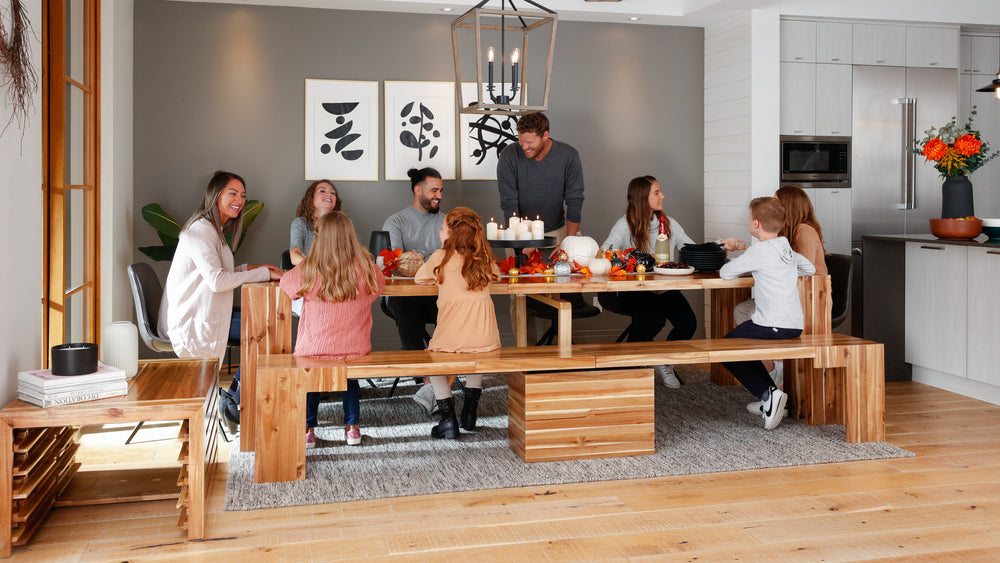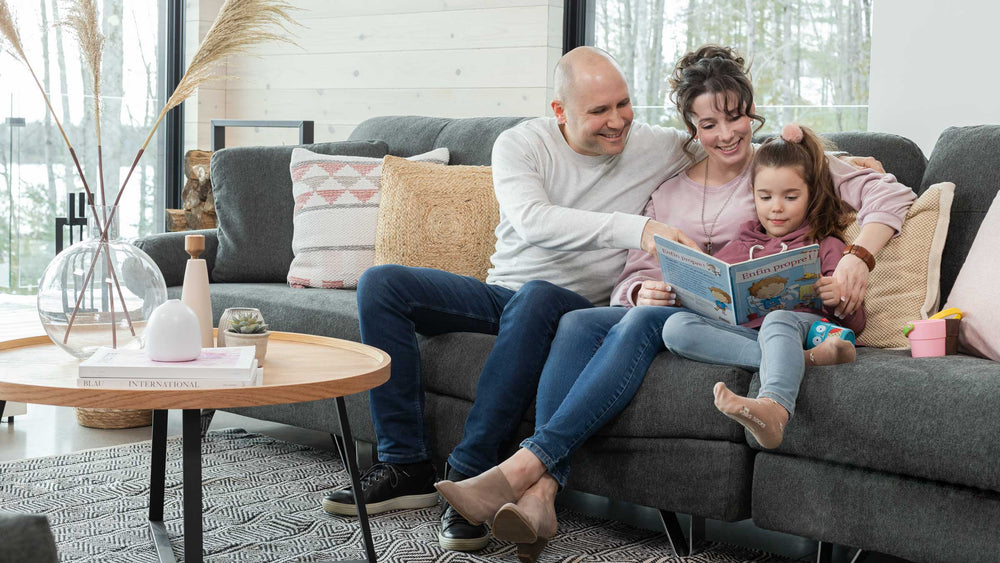
Declutter Your Small Space with these Top Tips

January 19, 2024
#1 Needs Versus Wants
When decluttering your small space, you first need to separate your needs versus your wants. This applies to both new items you bring in and old items you might need to get rid of. Needs are items you can’t live without such as your coffee maker or your bed. Wants are items that you can survive without but still bring a lot of enjoyment to your day. Many of your want items probably hold a lot of sentimental value as well like your favorite sweater you haven’t worn for decades or your mom’s old-fashioned dresser that doesn’t fit in with your modern décor. Hence, your want items are usually the hardest to part with even if you need to say goodbye to them.
The easiest thing to do is to ask yourself if you need it and if you love it? Does it spark joy? A yes to both equal a yes to bringing it home or keeping it. On the other hand, if it’s a no to both then it does not belong in your small space.
Another strategy you should adopt to keep your small space uncluttered is to throw one thing out before you bring one thing in. This should be absolute. Even better, commit to throwing out three old things for every one new thing. This will guarantee your home is more uncluttered than cluttered.
#2 Work in Zones
Small space dwellers often must be as multi-functional as their furniture). One room may be your living room and dining room, or your bedroom might also be your home office. Often, this will result in one big mess!
To prevent a gigantic clutter situation like this, you must create definite borders even in such a tight domain. These “zones” should be built around their function. This will make it easy to keep each zone well-organized and free from unnecessary clutter.
To illustrate, your living room might be your main living area so divide it up as needed. Assign one area to be dedicated for seating (usually on your couch), one area as your dining (where your dining room will be), and one area for your kids (where they can play) or as a place to do your bills (like a desk). Even if you don’t have the luxury of space dedicated for each function, it doesn’t mean there isn’t space to be used as needed.
There is an upside to this: togetherness! While the kids are playing, you’re not far away in the next room working. Of course, to maintain some organization (and sanity at the same time), you again need to be absolute about the boundaries you set. No piling your mail on the coffee table (it goes on your desk). No toys left on the dining table. Having all your “zones” in one room will work in favor since everything is within reach plus it makes spotting where your clutter might be piling.
#3 Use Your “Dead Space”
Whether you live in an apartment or a mansion, you will undoubtedly find “dead spaces” throughout your home. These are spaces that are just there, unusable and unsightly. They’re the tiny nooks and crannies usually under and between your appliances or furniture and the wall or above and below your larger décor like artwork and mirrors. And you shouldn’t give up on these spaces just yet.
You can easily fill these “dead spaces” and make them useful as extra space or to add more panache to your walls that will visibly reduce your clutter. For example, you can use some chic and spacious storage boxes to fill up the “empty” behind your couch or under your coffee table. Meanwhile, hanging systems and shelving solutions can quickly create some interesting corners that you can even assign a theme to whether it’s for display or organization.
So, if you’re currently lacking for space, look at your dead space and liven them up with these options.
#4 Maximize Your Space
Everyone who lives in a small space must take a close look at what space they do have. This especially applies to your storage space like your closets and drawers. You must ask yourself if you are making the most of them. If you aren’t, you need to “redo” them, meaning doing a top-down reorganization of these spaces so they can serve you better. This might require a few drawer organizers just to separate your kitchen utensils from your office supplies. A bonus of this major reorganization is you can toss out the unnecessary items in your clutter trouble spots.
#5 Go Crazy and Repeat
Finally, your most effective strategy for keeping your small space clutter-free for life is to learn to throw stuff out and often. Decluttering after decades of doing the opposite, cluttering, will be a colossal task. So, you really can’t blame your pint-sized dwelling for your big mess. You can instead blame your inability to separate your wants from your needs as covered at the beginning of this post.
Therefore, once you’ve decided it isn’t the end of the world to declutter your home, feel free to go all out. If you can live without it or don’t love it, then best do away with it. You are more likely to find peace of mind living in your uncluttered house than a messy, disorganized one. And once you’ve beaten the usual psychological blocks to clearing stuff away, you’ll be ready to do it constantly and consistently, like, as suggested, whenever you get new stuff.
So, go crazy, repeat, and repeat again. You’re well on your way to being clutter-free for the rest of your life!



